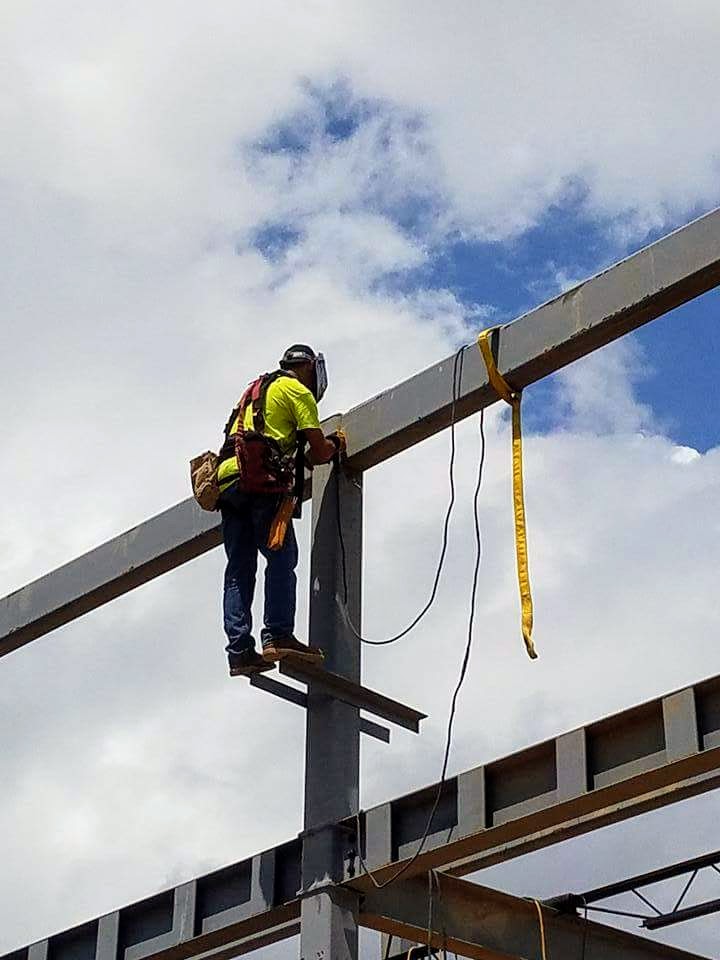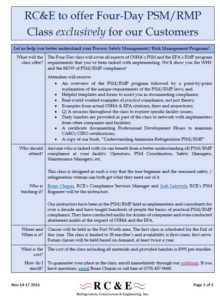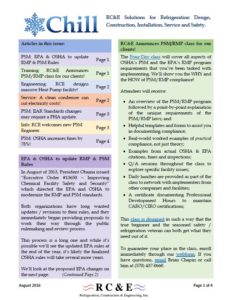It looks like the DHS has finally got around to updating their Top-Screen program. Below is the email from them:
——————————————————————————–
Subject: Enhanced CFATS Risk-Assessment Methodology and Upcoming Requirement to Submit CFATS Top-Screen
From: “cfatsupdate” <[email protected]>
Date: Tue, August 30, 2016
You are receiving this email because you are listed as an Authorizer or Submitter for a facility that has previously submitted a Top-Screen under the Chemical Facility Anti-Terrorism Standards Program.
For the past 9 years, the Chemical Facility Anti-Terrorism Standards (CFATS) program has provided a regulatory framework through which America’s highest-risk chemical facilities have worked together with the Department of Homeland Security as they have put into place security measures designed to harden their facilities and chemical holdings against terrorist attack and exploitation. The CFATS risk-assessment methodology has been a foundational element of this effort. More than 30,000 facilities such as yours-which have held threshold quantities/concentrations of CFATS Chemicals of Interest-have met their obligation to submit a Top-Screen, kicking off the risk-assessment process. Although your facility may have previously been determined not to be “high-risk,” and, therefore, may not have been required to develop a Site Security Plan addressing the CFATS risk-based performance standards, it is important that our chemical security community continue to work together to ensure that we are assessing risk as accurately as possible–with a full focus on current information related to terrorist threat, potential vulnerabilities, and the potential consequences of a terrorist attack. With this in mind, and in partnership with industry stakeholders and experts from other government agencies and academia, we at DHS have been working hard to update and enhance the CFATS risk-assessment methodology.
In the coming months, we will be reaching out directly to your facility and other facilities believed to maintain threshold quantities of CFATS Chemicals of Interest, asking that you again comply with CFATS by submitting a new Top-Screen. I’m pleased to report that, along with the enhanced risk-assessment methodology, we have built a new online tool for submission of Top-Screens. This “Chemical Security Assessment Tool 2.0” (or “CSAT 2.0”) will provide a significantly more streamlined and user-friendly experience for facilities.
If you’d like to learn more about CFATS, please visit https://www.dhs.gov/critical-infrastructure-chemical-security.
What does this mean for me and my facility?
On July 20, 2016, DHS suspended the requirement for the submission of Top-Screens and Security Vulnerability Assessments (SVA) in preparation for the rollout of CSAT 2.0 and to prevent duplicate submissions.
After the transition to CSAT 2.0 and the improved risk tiering methodology in October 2016, the Department will begin to individually notify chemical facilities of interest (to include facilities previously determined not to be high-risk) to resubmit a Top-Screen using the revised CSAT Top-Screen application. We will send a specific written notification to these facilities. These letters will be issued through CSAT 2.0 to each facility’s designated CFATS Authorizer and Submitter in a phased manner over the course of several months.
What will CSAT 2.0 do and when will this happen?
CSAT 2.0 will collect the data necessary to process facilities through the improved risk tiering methodology and improve the integration between the CSAT SVA and Site Security Plan (SSP) surveys. These changes will streamline the compliance process and significantly reduce the administrative burden associated with completing these surveys. CSAT 2.0 will include a revised CSAT portal user interface and the streamlined Top-Screen, SVA, and SSP surveys.
Next steps:
* The Department will replace the current CSAT surveys with the revised surveys this fall.
* On October 1, 2016, DHS will reinstate the Top-Screen and SVA submission requirements.
* We will individually notify facilities in a phased manner to resubmit their Top-Screens using the new tool.
How should I prepare?
Be sure you are able to log into your CSAT account and ensure the most up-to-date contact information is available for the submitter and authorizer. Log in to https://csat.dhs.gov/industry and select the “Update My Information” link to confirm that all information is correct and up-to-date. If you are unable to access your account, please contact the CFATS Help Desk, (866) 323-2957.
Training on CSAT 2.0
* REGISTER NOW! The Department will be hosting several webinars and presentations at several cities around the country to demonstrate the streamlined tool! The first of these sessions will be a two-part webinar held the first week of September:
CFATS Quarterly
* The Department has made significant progress on implementing the program since 2007, to include implementing the Personnel Surety Program. To learn more on current CFATS programmatic activities, view the attached latest CFATS Quarterly, a short newsletter we send regularly to our CFATS-regulated facilities (linked here: 2016-08 ISCD Quarterly Message_508 (crunched))
Additional Resources
* Contact the CFATS Help Desk, (866) 323-2957, a CFATS Compliance Case Manager, or your local Chemical Security Inspector with any questions by emailing [email protected]<mailto:[email protected]>.
* Visit the DHS website at www.dhs.gov/cfats-tiering-methodology or read the implementation notice published in the Federal Register for more information.
The Department is committed to sharing information, answering questions, and providing assistance to facilities. Please feel free to reach out to us regarding your questions by emailing [email protected]
Thank you for your continuing commitment to fostering the security of America’s chemical infrastructure!


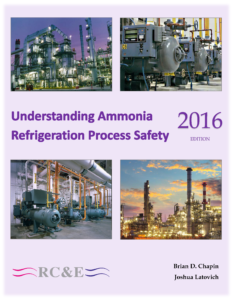
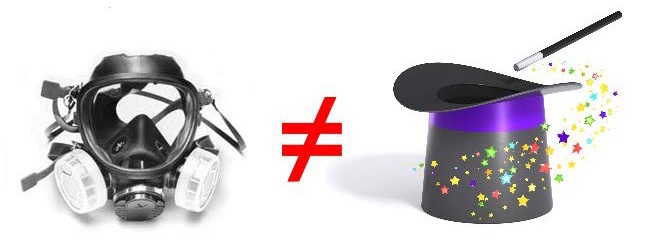 PPE isn’t some sort of magic relic that provides protection while you are within a certain radius of its location. It works when – and ONLY when – you use it properly. This same foolish thinking that allows people to require APR’s “nearby” could be applied to seat-belts with about the same effectiveness: “Well, no he wasn’t wearing the seat-belt during the accident. Funny thing: the darned seat-belt was right there next to him and he still went out the window when the car hit the tree.”
PPE isn’t some sort of magic relic that provides protection while you are within a certain radius of its location. It works when – and ONLY when – you use it properly. This same foolish thinking that allows people to require APR’s “nearby” could be applied to seat-belts with about the same effectiveness: “Well, no he wasn’t wearing the seat-belt during the accident. Funny thing: the darned seat-belt was right there next to him and he still went out the window when the car hit the tree.”